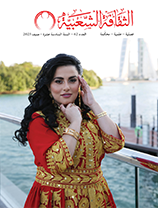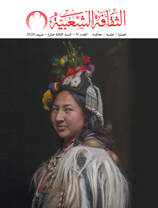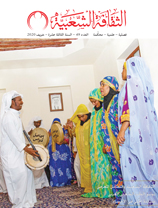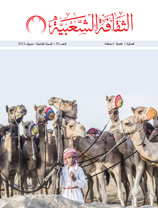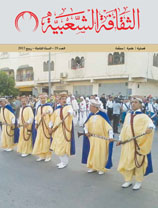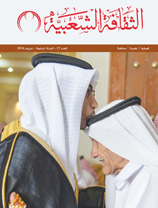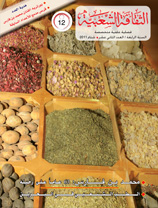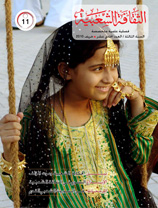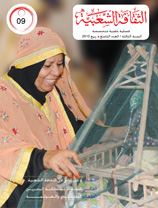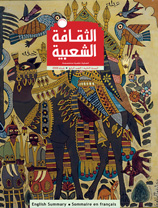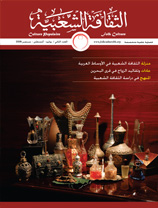Arab women’s attire: Social traditions and cultural interaction
Issue 29
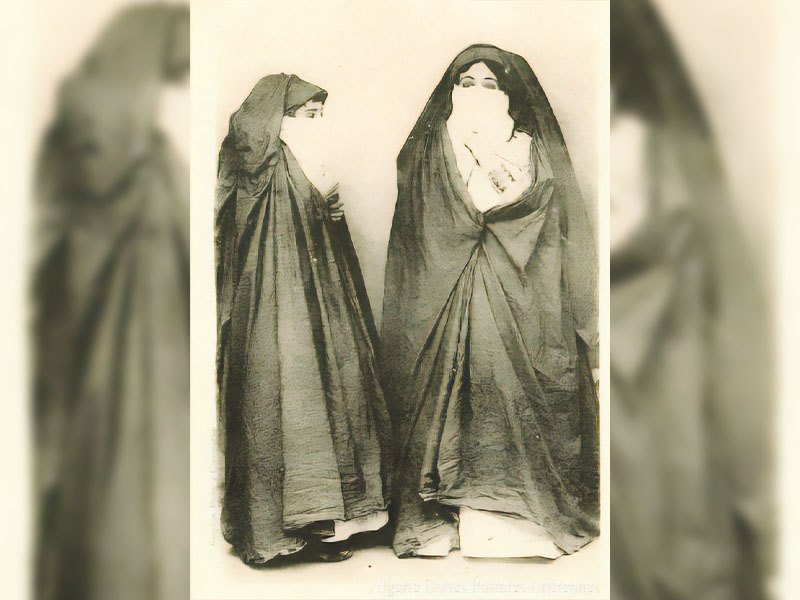
One cannot study women’s attire without investigating the relationship between society and religion. Society comprises customs and traditions that are expressed in multiple ways in everyday behaviour. Religion includes guidelines about various types of attire within the framework of changes related to time and place; women should follow the obligatory Islamic dress code by covering their heads and bodies and showing only their faces and hands. Some women go even further and cover their faces and their entire bodies. This is an unchanging part of Islamic teachings.

At a social level, new fashion trends are often met with widespread rejection before people adjust, and another wave of trends always follows.
This paper looks at the veil and women’s Islamic dress as a religious mandate, but it also attempts to discuss societal influences, cultural reactions and the impact of the media, technology and modern communication on women›s attire. This paper also attempts to study the relationship between social and religious influences on matters related to women›s clothing.
Women must either commit to religious teachings, follow fashion trends that contradict Sharia teachings, or find a way to reconcile both fashion and their commitment to Sharia.
In Islamic societies, some women abide by Islamic teachings, some ignore these teachings, and others range between being committed to and ignoring the teachings. Some fashion trends attempt to update Islamic attire with changes in veils and colours and dresses that reveal more than is permitted by Sharia; this contradicts the intention behind wearing a veil and Islamic dress.
Atif Atiyyah
Lebanon





